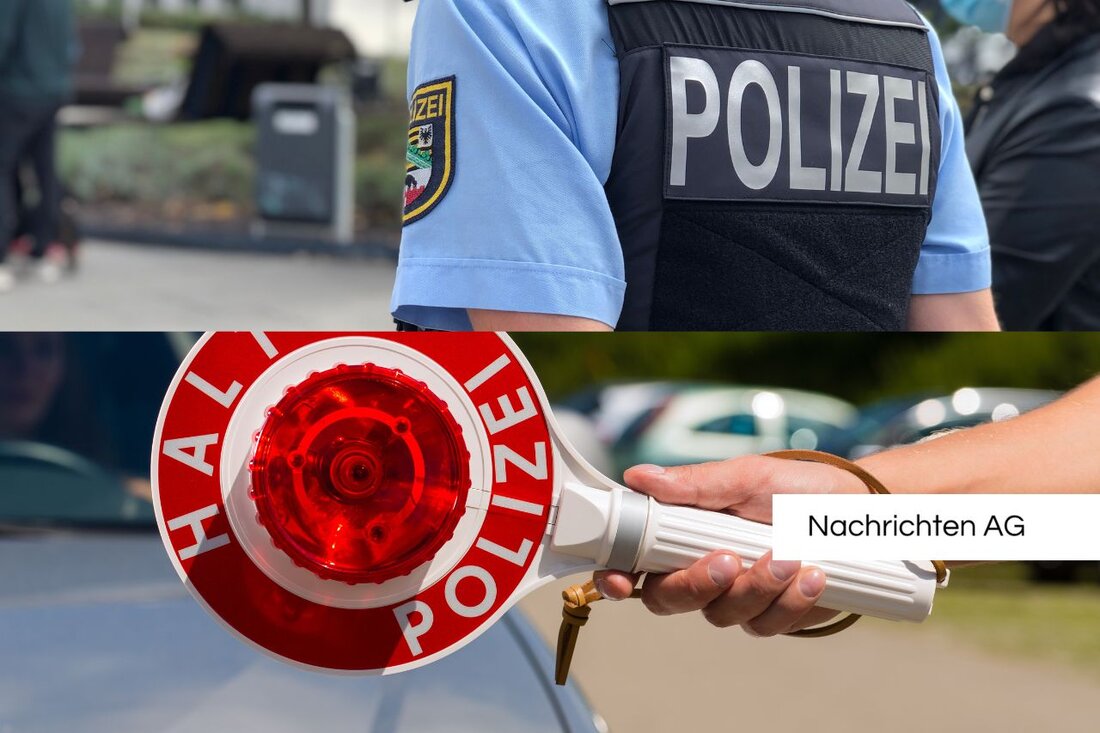Safe IoT devices: EU rules come into force in 2025!
Safe IoT devices: EU rules come into force in 2025!
In today's digital world, where everything is networked, our concerns about the safety of IoT devices are growing. More and more products, from smart refrigerators to voice -controlled assistants, find their way into our households. But what happens if these devices become the goal of cyber attacks due to security gaps? How does politics react to these challenges? After all, there will be stricter regulations for cyber security in sight, which the citizens should better protect inside. According to Bitdefender , there are some significant developments on the way that will change the handling of IoT-Ecosystems Global.
One of the main instruments that is launched in the European Union is the cyber resilience act (CRA) , which was published in November 2024. This new regulation will apply to all products with digital elements from December 11, 2027. Manufacturers of IoT devices have to carry out security tests, provide security updates and always keep their documentation up to date. Otherwise it can be expensive - up to 15 million euros or 2.5% of global sales threaten than punishments if you disregard the requirements.
new regulations in detail
Another important aspect is the delegated regulation 2022/30 , which aims specifically on internet -connected devices. This comes into force on August 1, 2025 and obliges manufacturers to keep the new security standards before offering their products on the market. This regulation will primarily strengthen security in areas such as network connections and data transmission, which should offer significantly better protection for consumers. The differences between CRA and the delegated regulation are significant because the latter also set the security requirements two years earlier.
The new regulations aim to ensure that IoT devices will be equipped with better standard protection measures in the future, such as random access data. Consumers are also better informed by new labels and disclosures. And that is important, because many outdated and uncertain devices are still in use, alarming despite the multitude of security problems that consumers can encounter. Unpatched security gaps and standard passwords have also found their precipitation, which is why ioPProval.com emphasized that the governments have to be used to have a harmonized worldwide To achieve compliance.
However, reality remains complex: Despite the new regulations, there will be differences in the EU and the USA, which complicates the protection of IoT devices as a whole. Even within the EU, different linear standards apply, which could face the manufacturers with challenges. On the other hand, Taylor Wessing the expansion of the smart home area and the associated increase in networked devices have also increased the safety concerns, while most devices remain behind the rapid development.What can we expect?
The need for action is therefore great. Manufacturers should now prepare for fulfilling the new regulations and increasing the safety of their products. In addition, clear technical documentation for the market in all EU member states must be guaranteed. In the best case, many existing security problems come under control before they become serious. Ultimately, however, it is also up to us consumers to be vigilant and to inform us about the safety of the devices that we use in our households.
The year 2025 not only brings new opportunities for safe IoT applications, but also significant challenges. If everyone involved - manufacturers, governments and consumers - do their homework, digital life could become more secure and the advantages that technology brings us are better used.
| Details | |
|---|---|
| Ort | EU, Europa |
| Quellen | |


Kommentare (0)